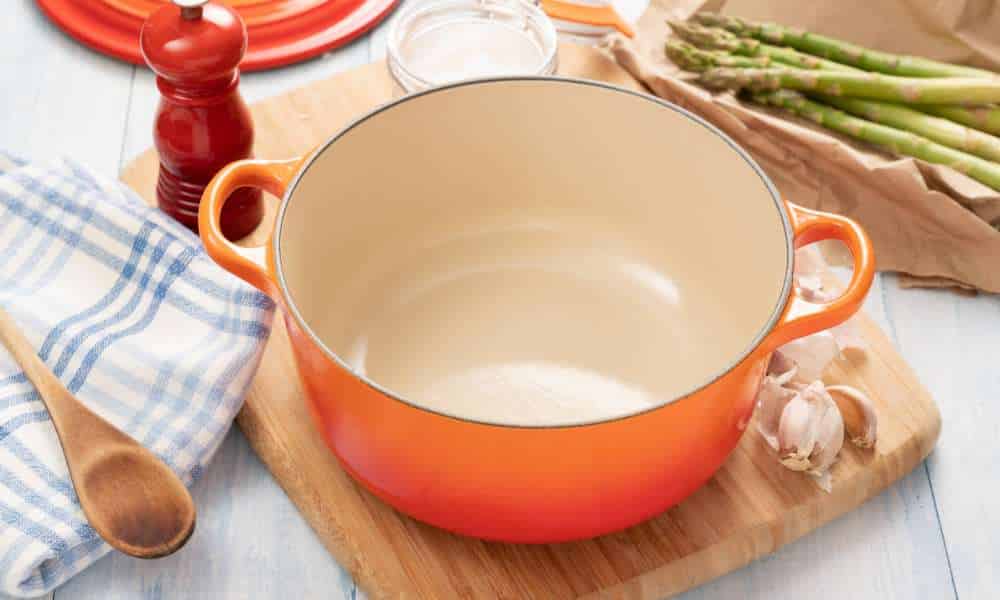Unlock the culinary potential of your kitchen with our essential guide on “How to Use a Dutch Oven.” Renowned for its versatility and durability, the Dutch oven is a cherished staple for both novice cooks and gourmet chefs. This article will provide you with the foundational techniques to braise, bake, stew, and more, all with this single piece of cookware. We’ll guide you through selecting the right Dutch oven, initial preparation, and various cooking methods that capitalize on its unique ability to retain heat and flavor. Enhance your cooking repertoire and discover why the Dutch oven is a must-have tool for creating mouthwatering dishes in any kitchen.
Choosing the Right Dutch Oven for Your Kitchen
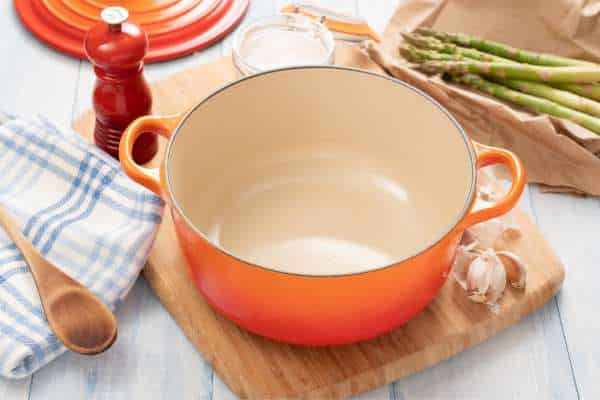
Selecting the ideal Dutch oven for your kitchen depends on several factors including size, material, and compatibility with your cooking surface. A good starting point is to consider what you cook most often; larger families or those who entertain might opt for a bigger model. Cast iron Dutch ovens are perfect for slow-cooking and baking, while enameled versions require less maintenance and come in various colors to match your kitchen decor. Additionally, ensure the Dutch oven you choose is suitable for your stovetop or oven, as some materials are not compatible with induction cooktops. Investing in the right Dutch oven enhances your cooking efficiency and enjoyment.
Preparing Your Dutch Oven for First Use
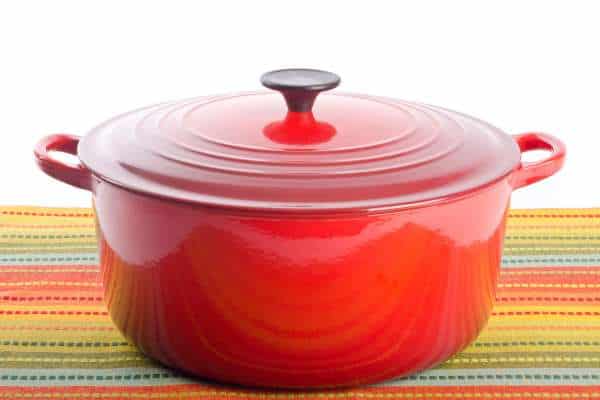
Before you start cooking with your new Dutch oven, it’s essential to prepare it correctly to ensure optimal performance and longevity. Begin by washing it with warm, soapy water to remove any factory residues, then thoroughly dry it to prevent rust. For cast iron Dutch ovens, seasoning is a crucial next step. Coat the inside with a thin layer of cooking oil and heat it in the oven at 350 degrees Fahrenheit for about an hour. This process helps create a non-stick surface and prevents rusting. Once cooled, your Dutch oven is ready to help you create an array of delicious dishes, enhancing flavors and textures in your culinary creations.
Essential Tips for Heating and Temperature Control
Achieving perfect results with a Dutch oven often hinges on mastering temperature control. Start with a lower heat to prevent scorching, especially when cooking foods that stick easily. Gradually increase the temperature for even cooking without overheating. Cast iron distributes heat slowly, so patience is key. When baking bread or braising meat, preheating your Dutch oven can mimic a professional oven environment, enhancing your dish’s flavor and texture. Remember, the thick walls retain heat well, making it ideal for slow-cooking recipes. By monitoring and adjusting temperatures as you cook, you’ll leverage the full potential of your Dutch oven for consistently delicious outcomes.
Techniques for Braising Meats in a Dutch Oven
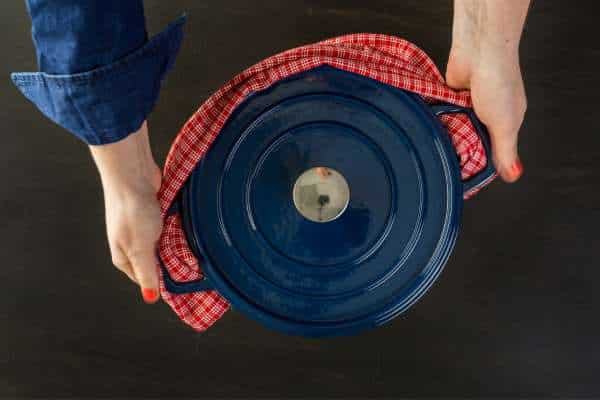
Braising meats in a Dutch oven can transform even the toughest cuts into tender, flavorful dishes. Start by searing the meat on all sides to develop a rich crust, adding depth to the dish’s flavor. Next, sauté your aromatic vegetables in the same pot to absorb the leftover juices. Pour in enough broth or wine to come halfway up the meat, then cover and let it cook slowly. The Dutch oven’s heavy lid seals in moisture and heat, ensuring a steady, even cooking temperature. This method not only enhances the meat’s texture and flavor but also creates a savory sauce that complements the dish perfectly.
Mastering the Art of Baking Bread in a Dutch Oven

Baking bread in a Dutch oven is an art that can elevate your home baking to professional levels. The thick walls and tight lid of the Dutch oven mimic a steam oven, creating the perfect environment for moist, well-risen loaves with a crispy crust. Begin by preheating your Dutch oven at the temperature recommended by your bread recipe. When ready, carefully place the dough inside, cover with the lid, and let it bake. This enclosed space traps the steam released by the dough, which is crucial for achieving an artisanal bread texture and crust. With practice, you’ll perfect this technique, turning out bakery-quality bread every time.
Crafting Perfect Stews and Soups
Crafting the perfect stew or soup in a Dutch oven is an art that combines slow cooking with the cookware’s excellent heat retention. Begin by gently sautéing your base ingredients like onions, garlic, and carrots to build a flavor foundation. Then, add your choice of meats or legumes, followed by broth and seasonings. The thick walls and tight-fitting lid of the Dutch oven allow for even, slow simmering, which melds flavors beautifully and tenderizes tougher cuts of meat. Let your stew or soup simmer slowly, and the result will be a rich, deeply flavorful dish that epitomizes home-cooked comfort.
The Basics of Frying and Sautéing in a Dutch Oven
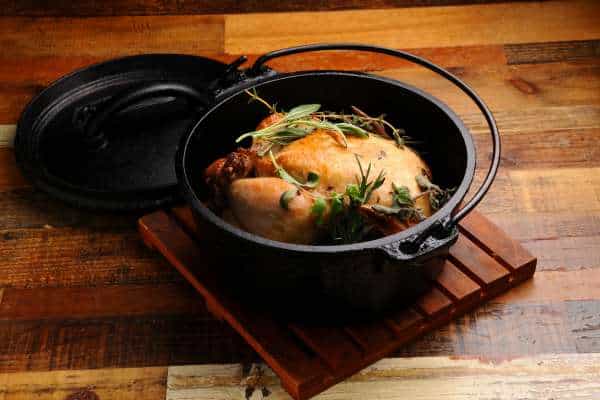
Mastering the basics of frying and sautéing in a Dutch oven can elevate your cooking to new heights. Thanks to its excellent heat retention, a Dutch oven evenly distributes heat, ensuring your ingredients are perfectly cooked. Start with a moderate amount of oil and allow it to heat gradually; this method is ideal for achieving a golden, crispy texture in foods. Whether you’re sautéing vegetables or frying chicken, the thick walls of the Dutch oven minimize hot spots, reducing the risk of burning. Embrace these techniques to make the most of your Dutch oven’s capabilities, enhancing flavors and textures in every dish you create.
Using a Dutch Oven for Outdoor Cooking
Cooking outdoors with a Dutch oven offers a unique and flavorful experience, making it an excellent choice for camping trips or backyard gatherings. Start by selecting a flat, stable surface and using charcoal briquettes or a campfire to achieve even heating. Preheat the Dutch oven before adding your ingredients to ensure consistent cooking. For stews, roasts, or baking, arrange coals both underneath and on top of the lid to create an oven-like environment. Rotate the Dutch oven and lid periodically for even heat distribution. With proper technique and a little practice, outdoor cooking with a Dutch oven can transform simple meals into delicious, memorable feasts under the open sky.
Cleaning and Maintenance Tips Post-Use
Proper cleaning and maintenance after each use are essential to preserve the quality and longevity of your Dutch oven. Start by letting it cool completely before washing to prevent cracking. Use warm water and a soft sponge to clean the interior, avoiding harsh detergents or abrasive scrubbing tools that can damage the surface. For burnt-on food, soak with warm water and baking soda before gently scrubbing. Thoroughly dry the Dutch oven to prevent rust, especially for cast iron models, and apply a light coat of oil to maintain seasoning. By following these simple care steps, your Dutch oven will remain a reliable and durable tool in your kitchen for years to come.
Safety Precautions When Handling a Dutch Oven
When using a Dutch oven, safety should always come first due to its heavy weight and ability to retain high heat. Always use oven mitts or heat-resistant gloves when handling the pot or lid, as they can become extremely hot during cooking. Place the Dutch oven on a stable, heat-resistant surface to prevent accidental spills or burns. Be cautious when lifting the lid, as hot steam can escape and cause injury. Avoid overloading the pot to maintain balance and prevent tipping. Finally, allow the Dutch oven to cool completely before washing to avoid sudden temperature changes that could cause cracking or damage. Following these precautions ensures a safe and enjoyable cooking experience.
Conclusion
Mastering “How to Use a Dutch Oven” opens up a world of culinary possibilities, making this versatile cookware an essential part of your kitchen arsenal. From simmering hearty stews to baking artisan bread, the Dutch oven’s ability to retain heat and distribute it evenly ensures delicious results every time. By following proper techniques and incorporating safety measures, you can make the most of this durable and reliable kitchen tool. Whether you’re an experienced chef or a cooking enthusiast, the Dutch oven enhances your skills and elevates your dishes. Embrace its versatility to create flavorful, home-cooked meals that delight your family and guests while adding a timeless piece to your culinary journey.

